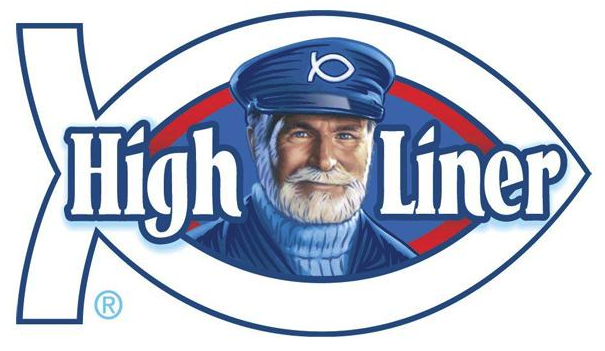Nova Scotia Canada’s, High Liner Foods, said late Wednesday that its first-quarter 2018 earnings were up only slightly over Q1 2017, as “inefficiencies” at its US processing facilities and higher costs for wild-catch species had hampered better results.
New CEO Rod Hepponstall — in the job for just eight days — said he switched from “potatoes to seafood” because he thought demand for seafood was “underrepresented”. He said he also thought High Liner could be “more creative” with “easily prepared seafood solutions”.
The company’s adjusted EBITDA increased just USD 1.9 million to CAD 24.2 million in the first quarter, although sales increased by USD 43.5 million to USD 318.2 million. The company did, however, acquire aquaculture outfit, Rubicon, in May 2017, with its USD 42 million in sales.
Read Could new High Liner CEO boost Atlantic demand?
Hepponstall noted that its US operations faced higher prices mainly for raw materials, haddock and sole, and lower processed volumes. At the same time, one of its American process plants has struggled to keep up and ad sales.
The value of those plants, however, is partly why management presented its result in US dollars.

Hepponstall effect
Salmon has increased as a share of High Liner’s millions of tonnes of seafood sales to 14.6-percent, but the company is rolling out a meal-ready salmon strip to be used as a protein option in everyday meals. High Liner has generally sold wild caught pink and Pacific salmon products — including fillets, pies and marinades — however with catch sizes unpredictable, the thought is Hepponstall — formerly of potato processor, ConAgra Foods, and meat processor, Maple Leaf Foods — might be more inclined to regular supplies of raw material, especially from High Liner business, Atlantic Trading.
In 2014, High Liner acquired Miami-based Atlantic Trading Company, one of the largest US importers and wholesalers of frozen Atlantic salmon from Norway and Chile. Atlantic Trading’s revenues are upwards of USD 80 million annually, and the acquisition had “more than doubled” group sales in salmon products.
Processor lag
Hepponstall said he thought, “Seafood has a much greater role to play in helping people live better lives”, and to that effect, he said he had been talking to the company’s large corporate and restaurant customers in the US. Sales to these were down slightly, as food-service and retail alike endure a “increased costs on logistics and labour”
“In retail, our market (in the US) continues to see some decline in the process portion of the (business) category,” he said, meaning orders of frozen seafood. Needing to be fixed, it seemed, was one of High Liner’s two US plants, where customer service had only recently been “fixed”.

Salmon support
“In general, large numbers of customers are focused on their buying, in particular as they see a large competitive threat from certain online retailers,” Hepponstall said.
The new CEO’s first task, it was learned from outgoing CEO and new chair, Hendry Demone — the man who brought in “complementary” Atlantic Trading — will be to cut down on costs.
“Rod will work to mitigate high raw materials costs on certain species,” Demone, the salmon proponent, said. It was Demone, as well, who oversaw the introduction in 2014 of High Liner’s trademark, Ultimate Salmon Burger.


